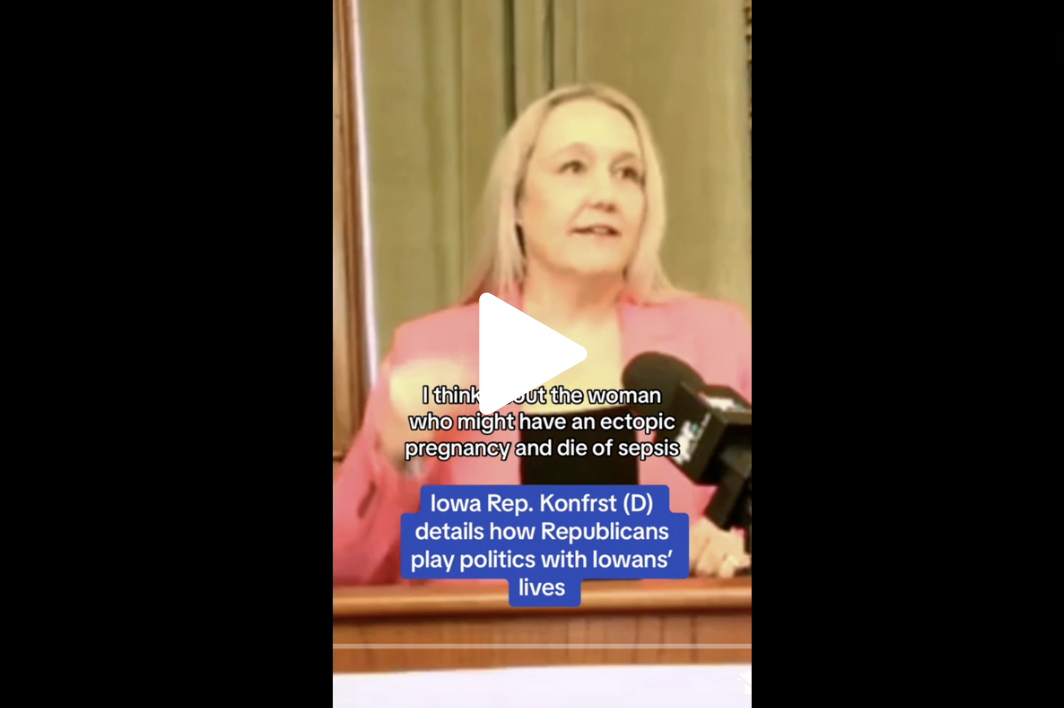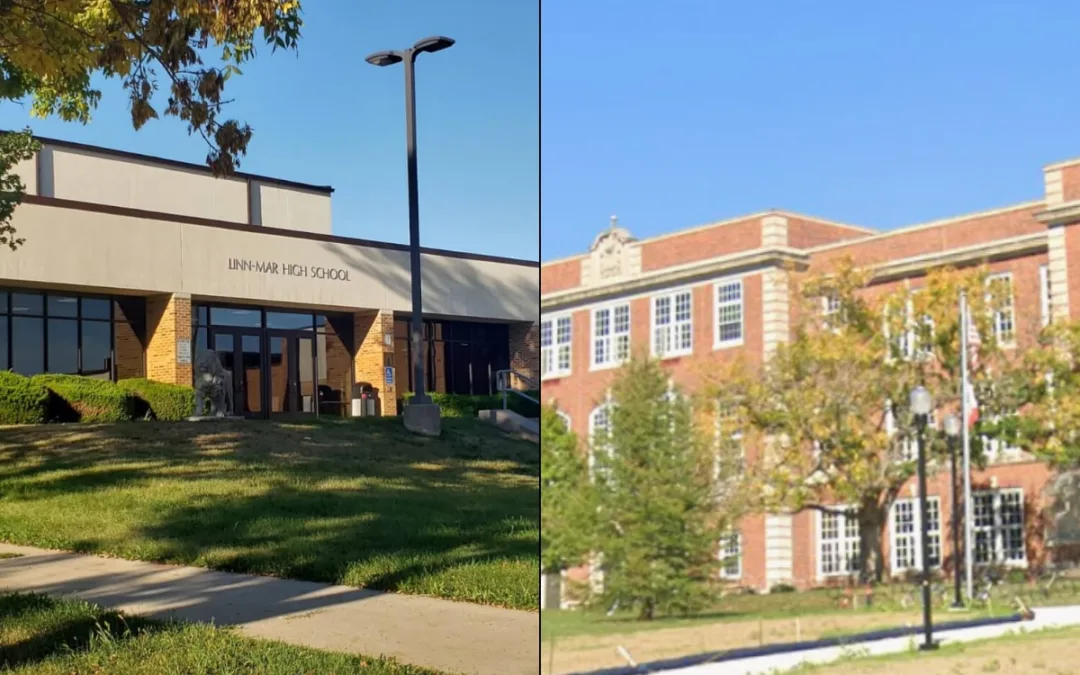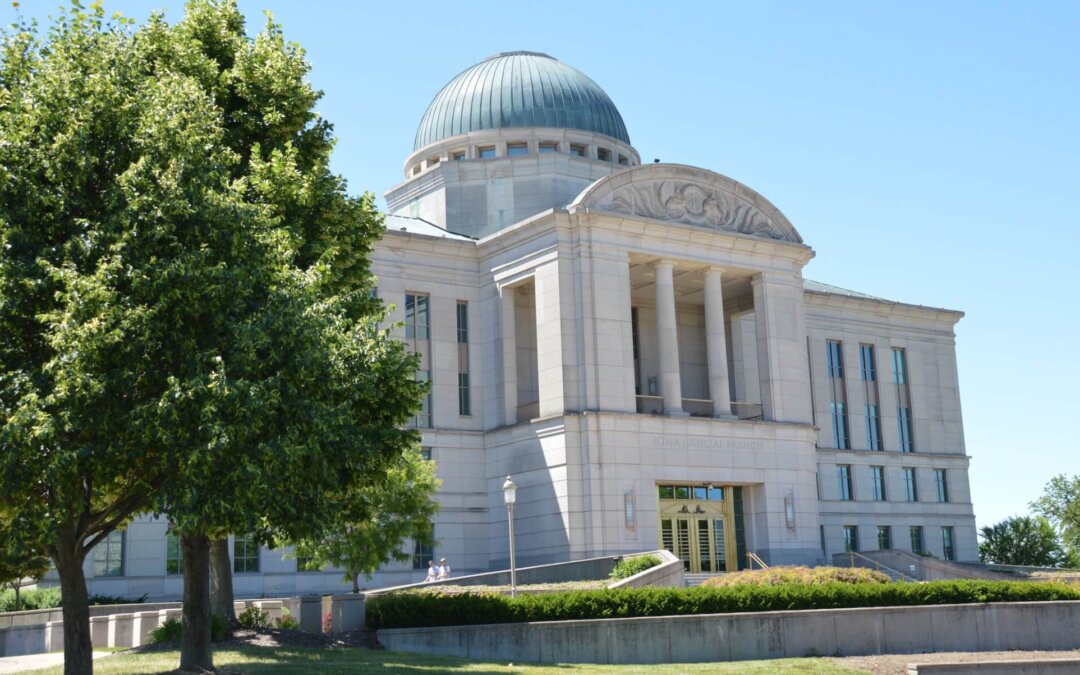
Lawmakers in the Iowa House and Senate will begin debating legislation in earnest this week as bills move out of committees and in front of both chambers.
But as legislators begin their seventh week at the Capitol, an agreement still hasn’t been reached about the amount of state funding to dole out to public K-12 schools, and constituents are taking notice.
During a Feb. 15 legislative forum in Fairfield, state Sen. Mariannette Miller-Meeks was asked what she felt was an appropriate allocation of State Supplemental Aid — the amount of new money given to Iowa’s public schools.
Miller-Meeks, who represents District 41 in southeast Iowa and is running for Congress this year, began by pointing to the $90 million distributed in new money last year, in addition to the separate dollars set aside to help school districts offset high transportation costs.
” … when I hear that there’s not fully funding schools, I don’t know what fully funding schools means,” Miller-Meeks said, at Boarders Inn & Suites. “When you look at those dollar amounts, it’s the highest part of our budget.”
[inline-ad id=”0″]
Miller-Meeks is correct that funding for K-12 schools is the single largest funding bloc in the state’s $7.5 billion budget, comprising about 43%, or $3.4 billion.
But educators, public school advocates and Democrats have long criticized the amount of funding for K-12 education in Iowa. They point to ever-increasing class sizes, staff layoffs and reduced program opportunities for Iowa children as consequences of Republicans’ budgeting for schools.
The Des Moines school district is planning out several years of budget cuts, pointing to inadequate funding from the state as the cause.
For Fiscal Year 2021, House Republicans have proposed a funding increase of 2.5%, or $95 million, while Senate Republicans want to see a 2.1% increase, equating to $76 million. Gov. Kim Reynolds is recommending a 2.5% increase, while Democrats believe at least 3% is necessary to keep pace with the rate of inflation.
Democratic Sen. Rich Taylor of Mount Pleasant said a 2.5% increase would leave schools “woefully underfunded.”
“We’ve been under-funding our public schools now for at least the eight years that I’ve been there,” Taylor said. “If it were up to me, and I had the magic wand, I’d raise it to 5% this year and get caught up. And then maybe once we’re caught up, maybe we could settle on a 3% yearly, or maybe tie this to the rate of inflation so we can at least keep up with the rate of inflation.”
In addition to working out the annual SSA allocations, Miller-Meeks said lawmakers should scrutinize how school districts are spending the state dollars they receive.
“Do we need to look at how that funding is allocated,” she questioned, “Does it go to administration? Do we need to look at the school formula itself, rather than it being per-pupil?”
Republican lawmakers largely reject the idea that they have underfunded K-12 schools since taking control of the House, Senate and governor’s office in 2017.
By Elizabeth Meyer
Posted 2/25/20
Politics
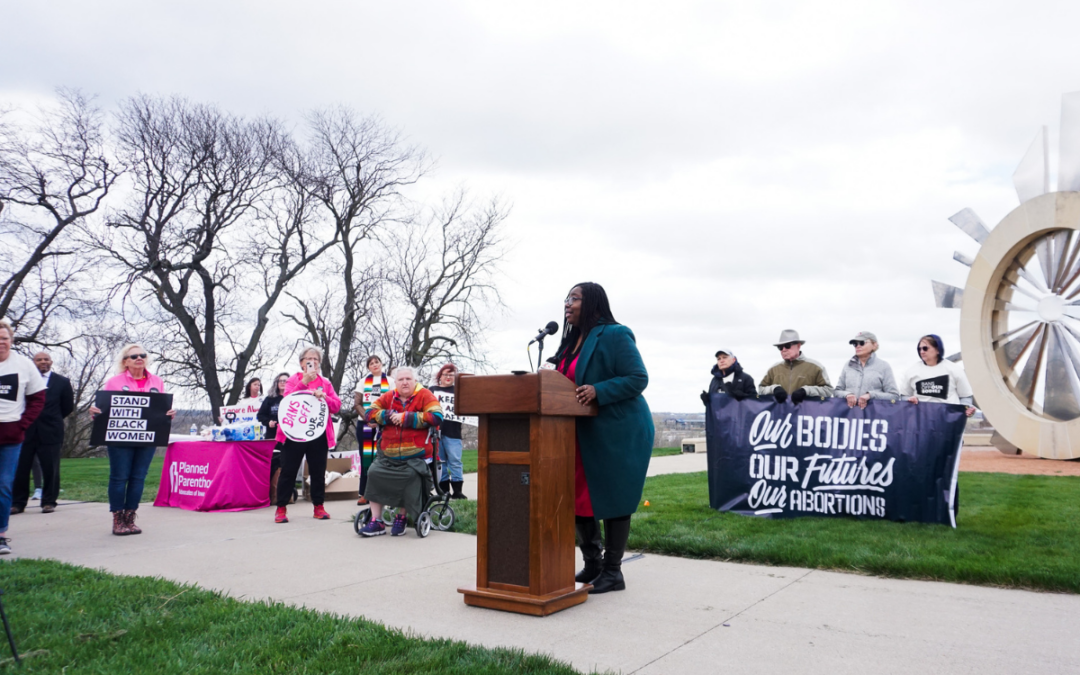
Abortion supporters rally before Iowa Supreme Court arguments
Abortion saved her life seven years ago and Leah Vanden Bosch is more grateful for it now than ever. Vanden Bosch, who serves as the development and...
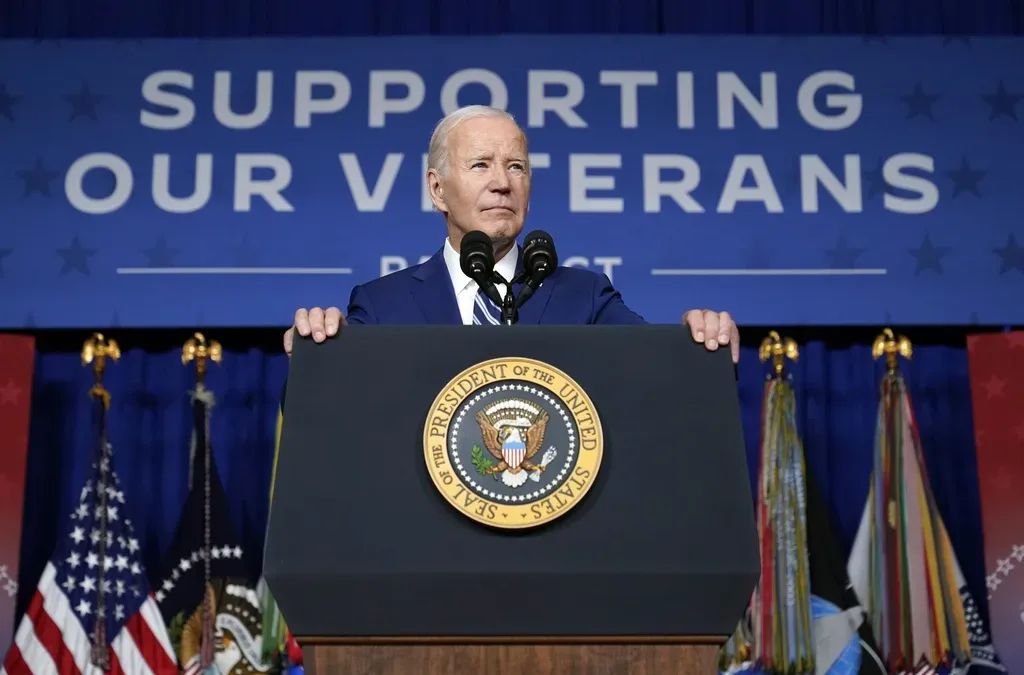
New VA program to help more than 40,000 veterans stay in their homes
The Department of Veterans Affairs (VA) will launch a “last resort” program for tens of thousands of American veterans who are in danger of losing...
Local News

No more Kum & Go? New owner Maverik of Utah retiring famous brand
Will Kum & Go have come and gone by next year? One new report claims that's the plan by the store's new owners. The Iowa-based convenience store...

Here’s a recap of the biggest headlines Iowa celebs made In 2023
For these famous Iowans, 2023 was a year of controversy, career highlights, and full-circle moments. Here’s how 2023 went for the following Iowans:...


